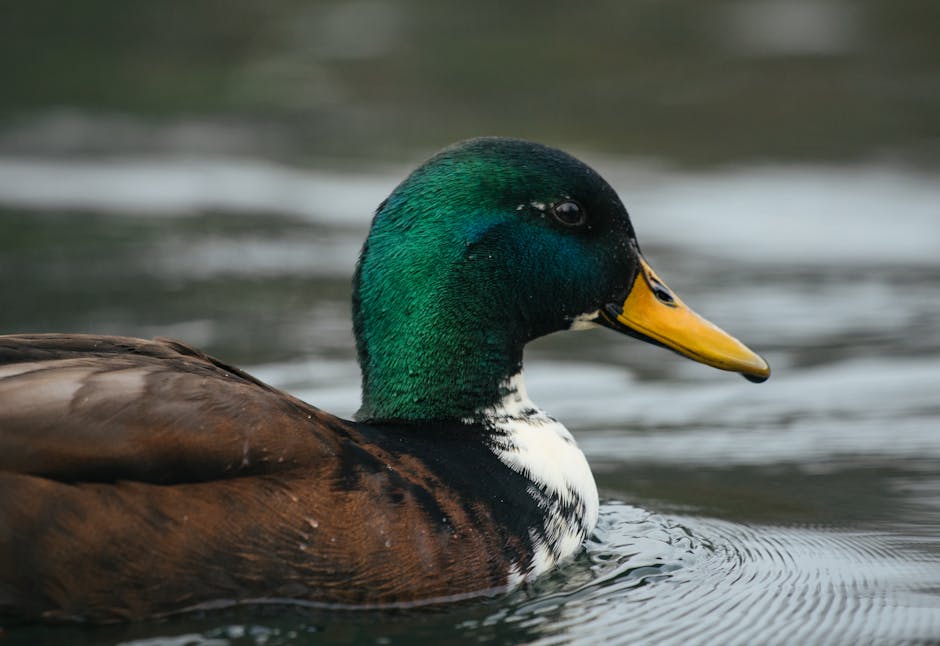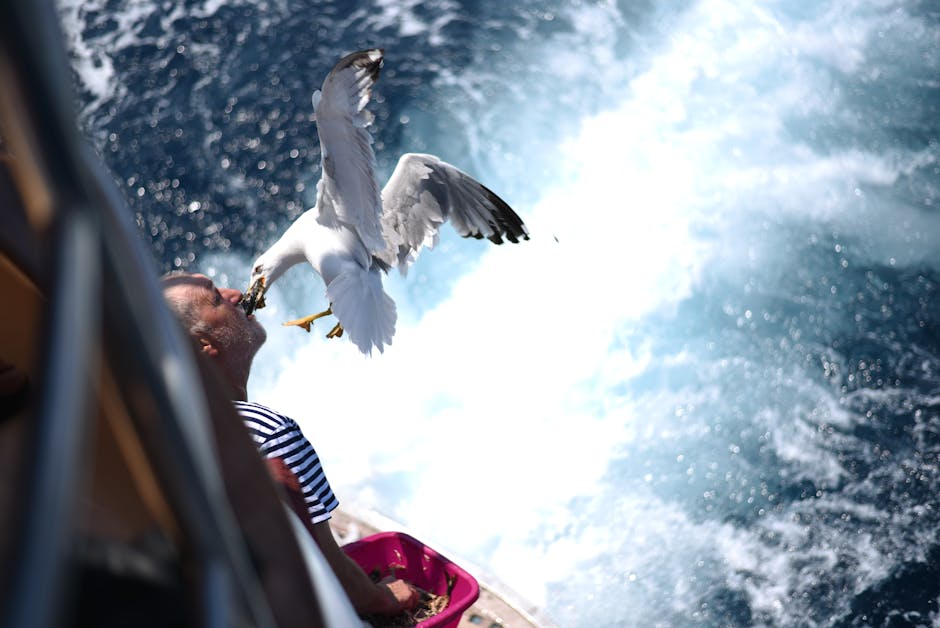Introduction
Birds come in a remarkable array of colors, but few are as captivating as the vibrant red plumage found in certain avian species. In this article, we will embark on a fascinating exploration of red birds, delving into their physical characteristics, habitats, behaviors, and conservation efforts. Let’s uncover the captivating world of these crimson-feathered creatures.
Red birds have long been associated with beauty, vibrancy, and symbolism in various cultures. The striking hue of their feathers often evokes awe and admiration, inspiring artists, poets, and bird enthusiasts alike. In the avian world, red coloration serves multiple purposes. It acts as a visual signal to attract mates, warns potential predators, and aids in camouflage.
Types of Red Birds

Red birds encompass a variety of species, each displaying their unique charm and characteristics. Let’s explore some of the most notable types of red birds:
Cardinal
The cardinal (Cardinalidae family) is a well-known red bird found in both North and South America. The male cardinal is a sight to behold with its vibrant red plumage, distinctive crest, and black mask. The female cardinal exhibits a more subtle appearance, shimmering in reddish-brown hues.
Tanager
Tanagers (Thraupidae family) include several species that showcase red plumage. The male scarlet tanager captivates with its brilliant red feathers contrasting against black wings and tail. The female scarlet tanager showcases olive-green plumage with yellowish underparts. The summer tanager displays a uniform shade of red throughout its body.
Oriole
Orioles (Icteridae family) are renowned for their vibrant orange or reddish-orange plumage. The male Baltimore oriole exemplifies this with its striking blend of black and orange. The female Baltimore oriole shares a similar pattern but with less contrasting colors and a more muted appearance. Other red oriole species include the orchard oriole and the hooded oriole.
Other Red Birds
In addition to cardinals, tanagers, and orioles, a diverse array of red birds exists in the avian world. Notable examples include the red-winged blackbird, vermilion flycatcher, and red avadavat. Each of these birds contributes to the kaleidoscope of red hues found in nature.
By exploring the cardinal, tanager, and oriole, we gain a glimpse into the enchanting world of red birds. These captivating creatures not only grace our surroundings with their vivid colors but also offer insights into the remarkable diversity found within avian species.
Physical Characteristics

Red birds possess distinct physical characteristics that set them apart from other avian species. Understanding their size, color, and shape can provide valuable insights into their appearance and identification.
Size
Red birds come in various sizes, ranging from small to medium. Common species like the Northern Cardinal and the Scarlet Tanager typically measure around 8 to 9 inches (20 to 23 cm) in length.
Color
As their name suggests, red birds exhibit a prominent red coloration that is striking and eye-catching. However, the shade of red can vary among species and even within genders. Male red birds often display vibrant red plumage, showcasing intense hues that catch the light. Females, on the other hand, may exhibit a more subdued or mottled red color, which helps camouflage them during nesting and incubation periods. Some species may feature patches of red along with other colors, creating a visually appealing mosaic.
Shape
Red birds generally possess a compact and robust build. They have a rounded body, a relatively large head with a distinctive beak, and short wings. Their beaks are typically short and conical, ideal for cracking seeds and consuming fruits, which form a significant part of their diet. The tail of red birds is usually medium to long in length, aiding in their flight and maneuverability.
Additional Points
In addition to their overall red coloration, some red bird species have contrasting black markings on their wings, back, or face, adding to their visual appeal. Certain red birds, such as the Vermilion Flycatcher, possess unique crests or tufts on their heads, further distinguishing them from other red bird species. Sexual dimorphism is also prevalent, with males often displaying more vibrant and eye-catching red plumage compared to females.
Understanding the physical characteristics of red birds is essential for bird enthusiasts and nature lovers alike. By recognizing their size, color, and shape, observers can appreciate the beauty and diversity of these captivating creatures in their natural habitats.
Habitat

Red birds can be found in a diverse range of habitats, each providing unique conditions that support their survival and reproduction. Understanding their preferred habitats is key to spotting these vibrant avian species in the wild.
Forests and Woodlands: Red birds are often associated with forested areas, such as deciduous and coniferous forests. They tend to inhabit the middle to upper levels of the canopy, where they can easily navigate between trees. These wooded environments offer red birds ample cover and a variety of food sources.
Grasslands and Meadows: Red birds also frequent grasslands and meadows, particularly those with scattered trees or shrubs. These open habitats attract species like the Northern Cardinal, which thrives in such environments.
Gardens and Residential Areas: Red birds have proven to be adaptable to urban and suburban landscapes. They can be found in parks, gardens, and residential neighborhoods, where suitable food sources and vegetation are available.
Specific Examples: Various red bird species have distinct habitat preferences. The Northern Cardinal can be spotted in woodlands, gardens, and shrubby areas across North America. The Scarlet Tanager favors mature deciduous forests as its habitat of choice. The Vermilion Flycatcher can be found in open habitats like grasslands and deserts in parts of North and South America.
While certain red bird species display general habitat preferences, these preferences may vary depending on the specific species and their geographical location. By familiarizing ourselves with the habitats they favor, we can increase our chances of observing and appreciating these stunning creatures in their natural environments.
Stay tuned for the next section, where we will explore the diet and feeding habits of red birds.
Diet and Feeding Habits

Red birds, including Northern Cardinals and Scarlet Tanagers, have diverse diets but share common feeding habits. They rely on a variety of food sources based on species, habitat, and seasonal availability.
General Overview
Red birds primarily consume seeds as a significant part of their diet. However, they also supplement their nutrition with fruits, berries, and insects, especially during specific seasons and breeding periods.
Primary Food Sources
Seeds
Seeds form the foundation of the red birds’ diet. These avian creatures demonstrate a preference for various types of seeds found in grasses, weeds, and fruits. With their strong beaks, they crack open seeds and extract their nutritional content.
Fruits and Berries
During warmer months, red birds incorporate fruits and berries into their diet. These food sources provide essential vitamins, minerals, and energy, contributing to their overall health and vitality.
Insects
Red birds also consume insects, particularly during the breeding season when they require additional protein to nourish their young. Insects offer vital nutrition for the growth and development of their offspring.
Foraging Habits
Red birds exhibit versatile foraging habits, employing different strategies based on their preferred food sources and environmental conditions.
Ground Foraging
Red birds often search for food on the ground, cracking open seeds and exploring fallen leaves and debris for insects. They skillfully navigate through the undergrowth, using their keen eyesight to locate potential food sources.
Tree Foraging
These birds are equally adept at foraging in trees and shrubs. They traverse branches, leaves, and bark, searching for fruits, berries, and insects. Their agile movements and sharp beaks allow them to extract food effectively from various tree surfaces.
Feeder Visits
Many red birds readily visit bird feeders, providing an opportunity for bird enthusiasts to observe and support their feeding habits. By offering seeds, suet, and other suitable offerings, individuals can attract red birds to their backyards, providing them with a supplemental food source.
Feeding Behaviors
Red birds exhibit distinct feeding behaviors that contribute to their survival and efficient acquisition of food resources.
One notable behavior is their ability to crack open seeds using their robust, cone-shaped beaks. This specialized adaptation enables them to access the nutritious content within the protective seed casings. Additionally, their beaks are instrumental in capturing and consuming insects, showcasing their versatility in feeding techniques.
Overall, the diet and feeding habits of red birds reflect their adaptability to different food sources and environments. By incorporating seeds, fruits, berries, and insects into their diet, they maintain a balanced nutritional intake essential for their well-being and reproductive success.
Behavior of Red Birds
Red birds, such as cardinals, exhibit fascinating behaviors that contribute to their charm and allure. Understanding their vocalizations and mating habits provides valuable insights into their social dynamics and breeding rituals.
Vocalizations
Red birds, particularly male cardinals, are renowned for their distinct and melodious songs. The male cardinal produces a series of whistling notes that resonate through their surroundings, often described as a clear, musical “cheer-cheer-cheer” or “birdie, birdie, birdie.” These vocalizations serve multiple purposes, including communication, territorial defense, and attracting mates. By engaging in intricate song patterns, they convey messages to other birds, asserting their presence and establishing territories.
Mating Habits
During the breeding season, red birds engage in elaborate courtship rituals to attract a suitable mate. Male cardinals employ a captivating display of vibrant red plumage and enchanting songs to capture the attention of females. Their courtship behavior may involve feeding the female, hopping around her, and presenting her with small offerings of food, symbolizing their ability to provide for a potential family.
Once a pair has formed a bond, they collaborate in nest-building endeavors. The female cardinal takes the lead in constructing a well-hidden nest within dense vegetation such as shrubs or thickets. Using twigs, grass, leaves, and other materials, she crafts a cup-shaped structure that provides protection for the eggs and future chicks. The male cardinal actively supports the nest-building process by diligently bringing additional nesting materials.
Red birds’ territoriality is particularly evident in male cardinals. They fiercely defend their preferred feeding and nesting areas from intruders, employing aggressive displays and emitting powerful songs to establish dominance. These territorial behaviors help maintain their territories, ensure access to resources, and safeguard their offspring.
Understanding the behavior of red birds adds depth to our appreciation of their vibrant presence in the natural world. Their enchanting vocalizations and elaborate courtship rituals exemplify the elegance and complexity of avian behavior, making red birds a captivating subject of study and admiration.
Preservation Efforts

Red birds, such as the Northern Cardinal and the Scarlet Tanager, are visually stunning and vital for biodiversity and ecosystem health. They disperse seeds, control insects, and aid in pollination. However, urbanization, deforestation, and agricultural expansion threaten their survival.
To safeguard red birds and their habitats, organizations like the U.S. Fish and Wildlife Service and the National Audubon Society are actively engaged in conservation efforts. They focus on creating protected areas such as national parks, wildlife refuges, and nature reserves where red birds can flourish undisturbed, providing suitable habitats, abundant food sources, and secure nesting sites.
Habitat restoration projects are paramount in reestablishing or enhancing environments for red birds. Reforestation efforts replenish lost or degraded forests, providing needed habitat. Bird-friendly gardens and conservation practices on agricultural lands also revitalize red bird habitats.
Public awareness and education programs play a crucial role. They educate the public about red bird significance, habitats, and actions individuals can take to support conservation. By fostering understanding, these programs empower individuals to create bird-friendly spaces in their communities.
Effective red bird conservation relies on collaborative efforts. Scientists, conservationists, government agencies, and local communities must develop and implement comprehensive strategies. By sharing knowledge, resources, and expertise, these partnerships can address the complex challenges red birds face and ensure their long-term survival.
Conclusion

This blog post provided a comprehensive overview of red birds. We explored different types, including the cardinal, tanager, and oriole, discussing their physical characteristics and variations in appearance. We learned about their diverse habitats, diet, feeding habits, behavior, and cultural significance.
Preserving red birds and their habitats is crucial for biodiversity and ecosystem balance. Several conservation efforts are underway to protect these beautiful creatures for future generations. Let us reflect on their beauty and uniqueness, appreciating and respecting these magnificent creatures while fostering an environment that supports their well-being.
To learn more about red birds and explore the avian world, consult reputable birdwatching guides, join local birdwatching groups, or visit nature reserves and bird sanctuaries. By immersing ourselves in nature, we can cultivate a deeper understanding and appreciation for the diverse array of red birds that enrich our world.
Thank you for joining us on this journey to discover what a red bird looks like. May the vibrant plumage and enchanting melodies of red birds continue to inspire awe and wonder in our hearts.
Frequently Asked Questions
What does a red bird look like?
Red birds exhibit a prominent red coloration that is striking and eye-catching. Males often display vibrant red plumage, while females may exhibit a more subdued or mottled red color. Some species may feature patches of red along with other colors, creating a visually appealing mosaic. Certain red bird species have contrasting black markings on their wings, back, or face, adding to their visual appeal. Some red birds, such as the Vermilion Flycatcher, possess unique crests or tufts on their heads, further distinguishing them from other red bird species.
What are the physical characteristics of red birds?
Red birds generally possess a compact and robust build with rounded bodies, relatively large heads, and distinctive beaks. They have short wings and medium to long tails, aiding in flight and maneuverability. Male red birds often have more vibrant and eye-catching red plumage compared to females. Some red bird species have sexual dimorphism, where males and females display different coloration. In addition to overall red coloration, some red birds have contrasting black markings on their wings, back, or face.
Where can red birds be found?
Red birds can be found in a variety of habitats. They are often associated with forested areas such as deciduous and coniferous forests, where they inhabit the middle to upper levels of the canopy. Red birds also frequent grasslands, meadows, gardens, and residential areas. Specific red bird species may have distinct habitat preferences. For example, the Northern Cardinal can be found in woodlands, gardens, and shrubby areas across North America, while the Scarlet Tanager favors mature deciduous forests.
What do red birds eat?
Red birds primarily consume seeds as a significant part of their diet. They also supplement their nutrition with fruits, berries, and insects, especially during specific seasons and breeding periods. Seeds form the foundation of their diet, and they demonstrate a preference for various types of seeds found in grass

Leave a Reply